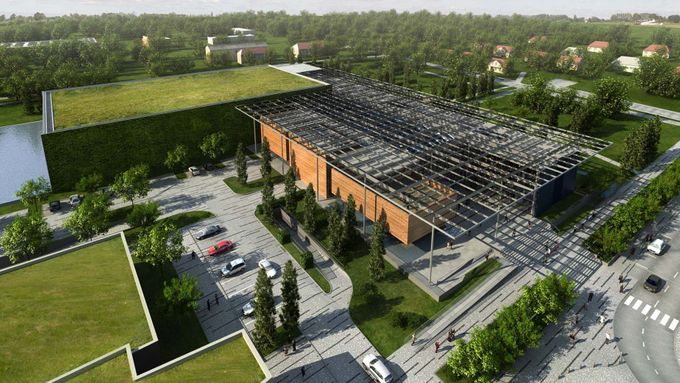Prague - Preparation works for the ELI super laser, scheduled to start its operation in 2016 in Dolní Břežany, Czech Republic, are already in progress.
According to Doc. Jan Řídký, the director of the Department of Physics of the Czech Academy of Sciences, contracts to rent the land where the laser will be constructed should be signed by the end of this month.
Thanks to its importance and international financing, the ELI (Extreme Light Infrastructure) project constitutes a virtually "unsinkable" flagship of major scientific projects that are supposed to make the Czech Republic more visible on the map of the world-class science.
Read more: Czech Rep to become EU's nuclear energy superpower
Read more: Indian IT expert teaches English to computers
The project will be divided into three segments situated in three different East European countries - the Beamlines Facility in the Czech Republic, the Attoseconds Facility in Hungary and the Photonuclear Facility in Rumania. The website of the project explains that the Czech facility will create secondary sources to be used in physics, medicine, biology and material sciences, Hungary will focus on the physics of ultrashort optic impulses, while Rumania's facility will be oriented on photonuclear physics.
In addition to these three countries, the ELI-ERIC project includes Germany, Great Britain, France and other European countries.
Czech "Hubble"
Bedřich Rus, a Czech coordinator of the ELI project, compared the scientific importance of the super laser to the construction of the Hubble Space Telescope in the 1980s. At that time, the Hubble project constituted a huge breakthrough in astronomy and related sciences.
Read more: Ostrava: from coal to data-mining, says mayor
The expectations created by the European super laser project are no lesser. It is unique above all because it is a truly pan-European project - roughly 40 organizations from 13 countries are participating on it.
Annual costs are estimated to reach roughly EUR 16-20mil. The expected finalization date is set to 2015.
Once in full operation, the project will employ about 300 people, two thirds of which will be scientists. The total cost is estimated on EUR 280mil, most of which will be provided by the EU.
The project creates significant interest in Europe and the USA, and as such has a potential not only to reduce the "brain drain" of Czech scientists but even attract top scientific workers from other countries.








